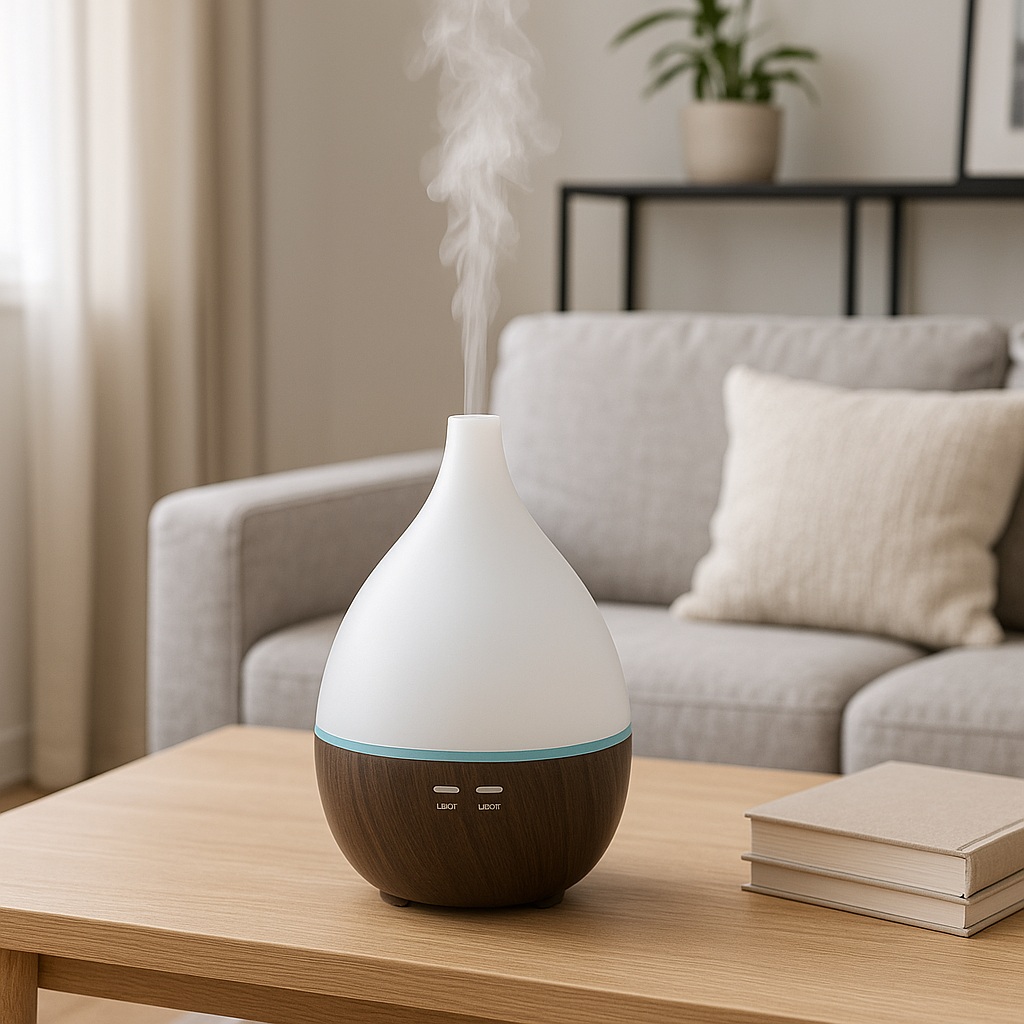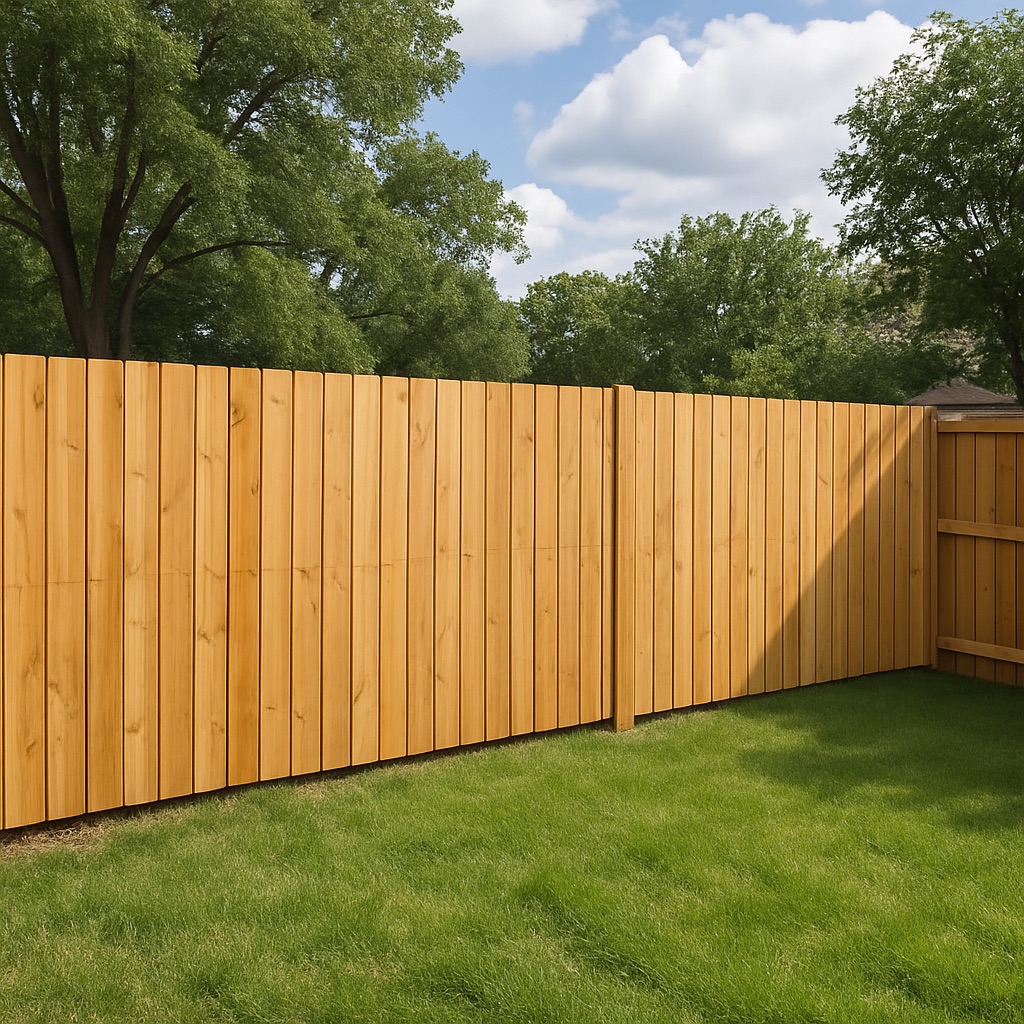Last updated on
Living in an apartment or a condo often means you don’t have the luxury of having a designated room for meditation, prayer, and other spiritual practices. While living in these types of residences can be quite convenient, it also means that those who need to take some time out from the hustle and bustle of everyday life are faced with finding a place to do so.
In this article, we’ll discuss how one might go about creating their own quiet space at home if they live in such a residence.
You may not have enough square footage to designate as your personal sanctuary but there’s no reason why you shouldn’t still be able to find peace and relaxation by creating your own quiet space at home!
We’ll cover what should be included within this type of space, as well as provide some tips on how to soundproof your quiet space.
Table of Contents
Before You Start

You may want to ask yourself a few questions before you get started:
- Where would be the best place for me to create this quiet space?
- What should I include within it? What’s most important to me?
- When will I use my quiet space and for what purposes?
Think about these types of questions before starting out on your quest to find a description of creating a quiet space in your home. They could help guide you towards success!
What’s Important About Creating a Quiet Space at Home?
Creating a quiet space can provide you with many benefits, including reducing stress levels, improving overall health, boosting creativity, memory, and concentration, as well as helping you to relax.
Creating a quiet space can also be an excellent way for those who live in small apartments or homes to meditate, pray, practice yoga, etc. It can create a place where they can not only retreat from the world around them but also come “home” to something calming and serene whenever they need it.
Where Should I Create My Quiet Space?
There’s no perfect answer as to where you should create your quiet space at home because it depends upon what works best for you! For example: If you want a quiet space that’s easy to access then creating one near the door could work out quite well. That way if you don’t feel like doing any spiritual practices, but simply need some time out, you can easily step into your quiet space for a few minutes and let the world around you melt away.
If you’d rather not have such a prominent area of your home devoted to it (in case you change your mind later on), then creating a quiet space in an alternative location is always an option. If this is what you choose to do then we recommend that the spot be somewhere that’s easy for you to “escape” to and also isn’t near any noise sources (like family members who like to watch TV loudly).
What Should I Include Within This Space?
Comfortable seating is absolutely essential! Make sure the seat is both large enough so as to provide adequate support for those using it and also small enough so as not to take up too much space in your quiet space.
One of the best ways to make your quiet space more effective is by soundproofing it. This can be done in a variety of ways, such as using rugs, curtains, and other soft furnishings to help absorb sound; installing double-glazed windows; or using noise-canceling headphones when practicing meditation or prayer. If you live in an apartment or condo, you may also want to sound proof your walls. This can be done by adding insulation, using sound-absorbent materials (like cork or foam), or hanging heavy drapes.
You may want to consider adding a side table for people who like to meditate or read within this quiet space. If you choose to add such a table then make sure that it’s sturdy and won’t topple over when someone reaches for an item — this can provide safety hazards (especially if you’re doing something like yoga in the area)!
Creating a quiet space in your home is an excellent way to find peace and relaxation. By following these steps, you can create the perfect environment for yourself or others that need it most! We hope this article has provided some valuable insight into how to start creating such a space in your own home so don’t forget to do some more research if you want more details about soundproofing or other aspects of planning out your new “quiet” area.




